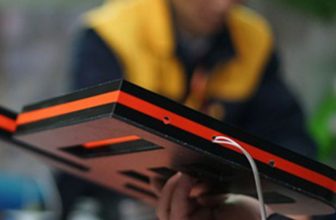
Guide
- Anodizing vs. Painting: An In-depth Analysis
- 9 Types of 3D Printed Metal Copper Techniques
- 3D Printing Materials and How to Choose the Right One?
- What Is Micro Manufacturing Technology
- Wire 3D Printing: Process, Filament, Printer and Features
- Uncover The Mystery Of CNC Machining
- Huazhong University of Science and Technology has made new breakthroughs in ultrafast laser 3D printing of fine and complex semiconductor micro-nano structures
- In 2025, there will be more than 600 metal 3D printing equipment serving China’s aerospace and other fields
- Looking at the development trend of 3D printing from Formnext 2021
- 3D printed prototype silica gel molds, realizing small batch production of industrial products
- Global architectural 3D printing inventory, no need to move bricks to build a house
- The latest application cases of 3D printing in aviation
- 3D printing everything? Japanese media: Printable buildings, parts, organs and even food…
- 3D printing provides emergency production of anti-epidemic products, global anti-epidemic
- Common Technology List Of Metal 3D printing
Case Studies

Selective Laser Melting 3D Printing(SLM)
3d-printing-china.com can provide stainless steel, die steel, titanium alloy, aluminum alloy and other metal materials
What Is SLM 3D Printing?
SLM is a promising 3D printing technology for metal parts. SLM molding materials are mostly single-component metal powders, including austenitic stainless steel, nickel-based alloys, titanium-based alloys, cobalt-chromium alloys, and precious metals. The laser beam quickly melts the metal powder and obtains a continuous melt channel, which can directly obtain nearly dense metal parts with almost any shape, complete metallurgical bonding, and high precision. Its application range has been extended to aerospace, microelectronics, medical, jewelry and other industries. The main defects in the SLM molding process are spheroidization and warpage deformation.
SLM 3D Printing Services Company – SLM 3D Printing Parts Manufacturer
Selective laser melting (SLM) and direct metal laser sintering (DMLS) are two metal additive manufacturing processes that belong to the powder bed melting 3D printing series.
The two technologies have many similarities: both use laser scanning and selectively fuse (or melt) metal powder particles, glue them together and build them layer by layer. Similarly, the materials used in both processes are granular metals.
The difference between SLM and DMLS is due to the basis (and patents) of the particle bonding process: SLM uses metal powder with a single melting temperature and completely melts the particles, while in DMLS, the powder is composed of materials with variable melting points at high temperatures Fusion at the molecular level.
3d-printing-china.com provides 3D printing services for various metal materials such as stainless steel, die steel, titanium alloy, aluminum alloy, and bronze.
Table of Contents
Why Choose 3d-printing-china.com SLM 3D Printing Service
PTJ meets or exceeds the quality standards of the world’s most demanding industries with our state of the art equipment and quality standards. Our precision and productivity is made possible by our ultimate success factor: the presence of skillful, knowledgeable PTJ experts in SLM 3d printing and more additive manufacturing parts.
- No minimum order quantity
- Metal or plastic 3D printed prototype and production parts in 7-10 days
- Precision custom 3D printing parts at affordable prices
- Online free quote in the shortest time
- Single prototypes or complex shapes are both allowed
- A wide selection of metal or plastic materials
- Commercial and industrial-grade 3D printers
- Cooperative supplier assistance project
- Provide a quick solution for small batches of complex prototypes
- Provide a quick solution for small batches of complex prototypes
- We provide with our partner
- 3D printing services for metals and plastics
- Meet the rapid needs of complex prototype designers
SLM 3D Printing Process
SLM, the full name of selectivelasermelting, is mainly used in molds, dentures, medical, aerospace, etc.
Metal 3D printing is equipped with at least 500W fiber laser, with collimation system and high-precision scanning galvanometer, it can obtain fine spot and optical quality
Therefore, SLM metal 3D printing has high molding accuracy
Similarly, SLM technology uses pure metal powder, which is completely melted before fusion, and the strength of the product is higher than that of SLS
In the metal 3D printing process, in order to prevent the oxidation of the metal powder combined with the air, it needs to be carried out in an inert gas (oxygen-free) environment

- ①Metal powder;
- ②Working platform;
- ③Roller;
- ④Laser;
SLM is a technology in which metal powder is completely melted under the heat of a laser beam and cooled and solidified to form a technology
- First, fill the printing chamber with an inert gas (such as argon) to minimize the oxidation of metal powder.
- Then heat it to the best printing temperature. Spread a thin layer of metal powder on the platform, scan the cross section of the component with a laser, and melt (or fuse) the metal particles together to complete the data printing of this layer.
- After the printing of the previous layer is completed, the printing platform moves down one layer of thickness, and the squeegee moves across the platform to deposit the next layer of powder into the inert printing chamber. Then reapply another layer of metal powder. Repeat this process layer by layer until printing is complete.
- After the printing process is completed, the parts will be completely encapsulated in metal powder. The support in metal 3D printing is constructed using the same material as the part, and it is always necessary to alleviate warpage and deformation that may occur due to high processing temperatures.
- When the material box is cooled to room temperature, the excess powder will be manually removed. The parts are usually heat-treated while still attached to the printing platform to eliminate residual stress. Then, the assembly is removed from the printing board by wire cutting, ready for use or further post-processing.
The principle of SLM/DMLS forming process is basically the same as that of SLS. The DMLS technology uses a mixture of materials composed of different metals, and each component compensates each other during the sintering process, which is beneficial to ensure the production accuracy. In order to ensure the rapid melting of metal powder materials, SLM technology requires a high-power density laser, with a spot focused to several tens of μm to several hundreds of μm. SLM technology currently most commonly uses fiber lasers with excellent beam modes. The laser power is above 50W, and the power density is above 5×106W/cm2.
The Features Of SLM 3D Printing
In SLM, almost all process parameters are set by the machine manufacturer. The layer height of metal printing is generally controlled between 20 and 50 microns, depending on the nature of the metal powder (fluidity, particle size distribution, shape, etc.) and the performance requirements of the final printed component.
The small metal 3D printing equipment has a print size of 100 x 100 x 100 mm, which is mainly used in the dental and jewelry industries. The largest size of the relatively mature large metal printing equipment on the market is 500 x 280 x 850 mm. The dimensional accuracy that metal 3D printers can achieve is about ±0.1 mm.
The metal powder in SLM is highly recyclable: less than 5% is usually wasted. After each printing, the unused powder is collected, sieved, and then topped up with fresh materials to the level required for the next build.
The support structure in metal printing is essential to the successful completion of the printing, but the supported printing will greatly increase the amount of materials required and increase the printing cost.
Support Structure And Parts Orientation
Due to the high processing temperature of metal, a support structure is always required in metal printing, and the support structure is usually constructed using a lattice pattern.
In the process of metal 3D printing, it is very important to add necessary support to the shape and performance requirements of the printed part. The support structure mainly plays a role in three aspects:
- – Provide a suitable platform for printing the next layer.
- – The support is anchored on the printing platform to prevent the print from warping.
- – They act as radiators, taking heat away from the parts and allowing them to cool down at a more controlled rate.
Parts are usually oriented at an angle to minimize the possibility of warping and maximize the strength of the part in key directions. However, this will increase the amount of support required, lengthen printing time, and increase printing costs.
The use of laser random scanning printing mode can also minimize warpage. This printing method can prevent the accumulation of residual stress in any specific direction and will add a characteristic surface texture to the part. Due to the high cost of metal printing, simulation software is usually used to simulate the printing process before printing to find possible problems in advance. Topology optimization algorithms are used not only to maximize mechanical performance and manufacture lightweight components, but also to minimize the need for support structures and the possibility of warping.
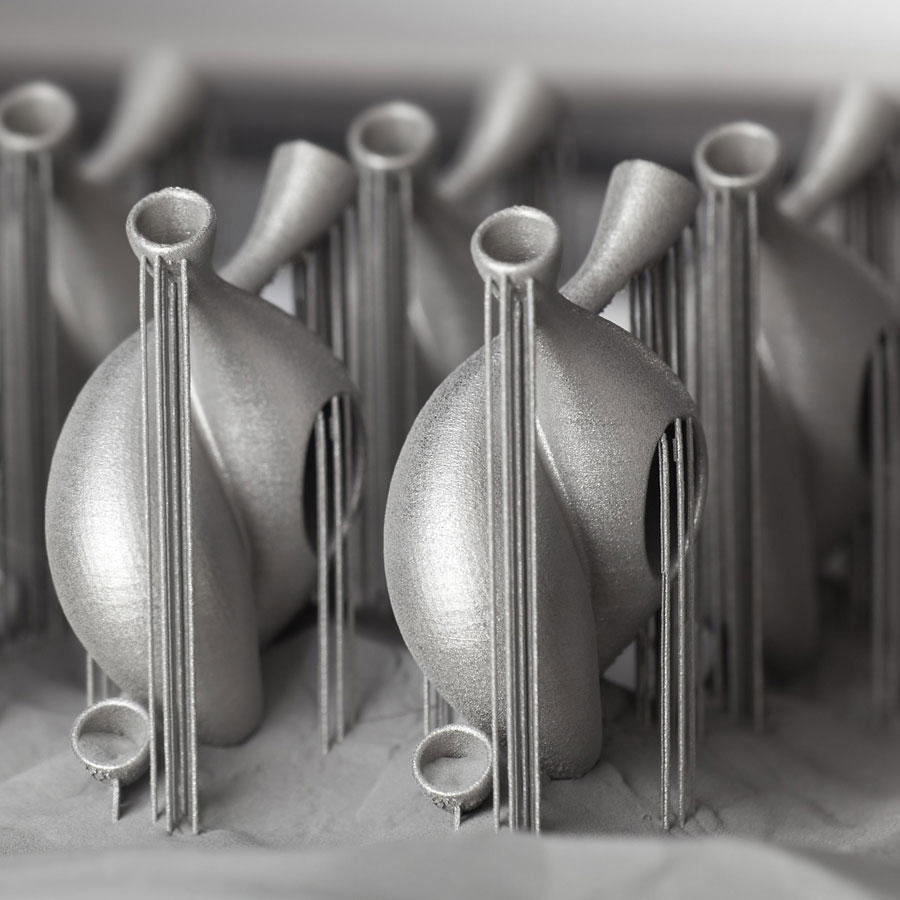
Advantages And Disadvantages Of SLM 3D Printing
Main Advantage
- The metal 3D printing process can be used to manufacture custom parts with complex shapes that cannot be produced by traditional manufacturing methods.
- Topological optimization of metal 3D printed parts can be performed to maximize their performance while minimizing their weight and the total number of parts in the assembly.
- Metal 3D printed parts have excellent physical properties, and the range of available materials includes other materials that are difficult to process, such as metal super alloys.
Main Disadvantages
- The material and manufacturing costs associated with metal 3D printing are high, so these technologies are not suitable for parts that can be easily manufactured by traditional methods.
- The construction size of the metal 3D printing system is limited because of the need for precise manufacturing conditions and process control.
- The existing traditional design may not be suitable for metal 3D printing and may need to be changed.
3d-printing-china.com SLM Case Studies

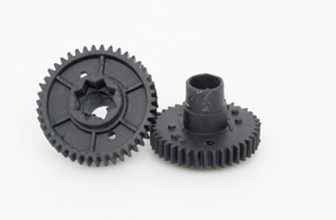
3D Printing Black Photosensitive Resin
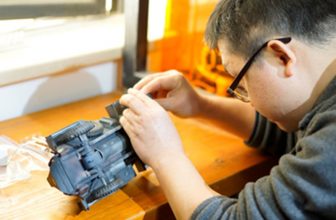
3D Printing Chariot Model
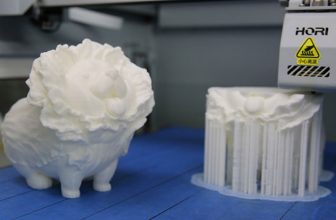
3D Printing Funny Small Dog As Cabbage Shape
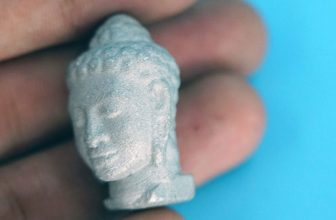
Metal 3D Printing Buddha Statue Sample
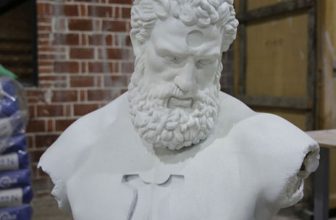
3D Printing Large Sculptures
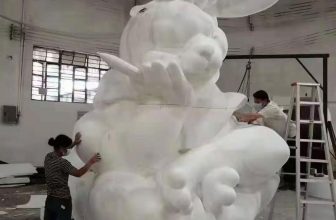
3D Printing Large-scale Mr. Rabbit Model Sculpture
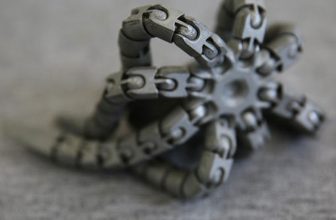
3D Printing Metal Octopus Model
PTJ offers online 3D printing services for china rapid prototyping and production of non-metal and metal 3D printed parts at affordable prices.
- * Supports drawing uploads in file formats “.pdf”, “.jpg”, and “.png”.
- * Supports file uploading and loading of 3D (3D) CAD data “.igs” and “.step”.
- * Supports file uploading of two-dimensional (2D) CAD data “.dxf” and “.dwg”.
- PC
- ST-130
- PA 2200
- CoCrMo
- PA 3200 GF
- ABS M30
- Ceramic
- POM-like
- ULTEMTM 9085
- Paraffin Material
- Polyphenylsulfone
- Polyetheretherketone
- Soft Rubber Material
- Aluminum Filled Nylon
- High Ultra-Fine Plastic
- Mold Steel MS1
- NickelAlloy IN718
- Titanium Alloy Ti64
- White Photosensitive Resin
- Black Photosensitive Resin
- Transparent Photosensitive Resin
- Full Color Photosensitive Resin
- Micro-nano Material
- High Ultra-Fine Plastic
- Full-Color Gypsum Composite Material
GET IN TOUCH OR GET A QUOTE
PTJ 3D Printing
Mobile WhatsApp WeChat:
+86 8288 6112
+86 152 1709 1354
Email: [email protected]
Address: Dongguan City, Guangdong Province, China.
